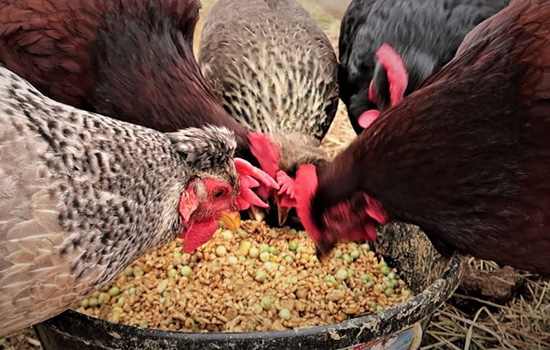If you want to raise chickens, you should not only have good chicken poultry farming equipment and chicken battery cages , but also chicken food, and the feed of chickens is also a large consumption. Farmers can effectively save feed by scientific methods to prevent them. Waste, now to teach farmers a few scientific methods of saving materials for farmers to use for reference.
The first is to scientifically configure chicken feed. Generally, the feed of broiler chickens of 0 to 4 weeks old should contain 20% to 21% of crude protein per kg. For broiler feeds of 5 weeks and older, each kg should contain 18% of crude protein. 19%, calcium accounted for 1%, phosphorus 0.65%, and pay special attention to the balance of various amino acids in the diet to meet the needs of chicken growth and development. It is also reasonable to feed. Broilers are
best fed with pelleted feed. If you are fed dry powder, you should eat less. Have enough chutes and drinkers. Generally, chickens over 2 weeks old should have a 1 meter long trough every 30 to 40, and every 1 to 70 meters should have a 1 meter long drinking fountain, which can reduce feed consumption.
Chickens in chicken cages use chicken troughs to feed chickens. In order to reduce feed waste: feeding broilers should be done less, and try to keep no or little leftovers in the tank. Buy full-price pellets to avoid picky eaters. The feed requirements are fresh, not too much for one purchase or self-containment, and it is better to use it in one week. When self-dosing, under the nutritional conditions, try to choose raw materials with low local prices to reduce costs.
Do a good job in the prevention and control of epidemics: we must adhere to the principle of “prevention first, anti-heavier governance.” According to the characteristics of local epidemics, vaccination and preventive drug administration, especially for the prevention and treatment of chronic diseases, such as in vitro and in vivo parasitic diseases, mild coccidiosis and malabsorption syndrome, and chronic respiratory diseases.
The above is a summary of the scientific methods of saving materials. If you want to know more, or have other questions you would like to consult, you are welcome to visit our website, our technical service staff will be invited to provide you with the most satisfaction. Service!
